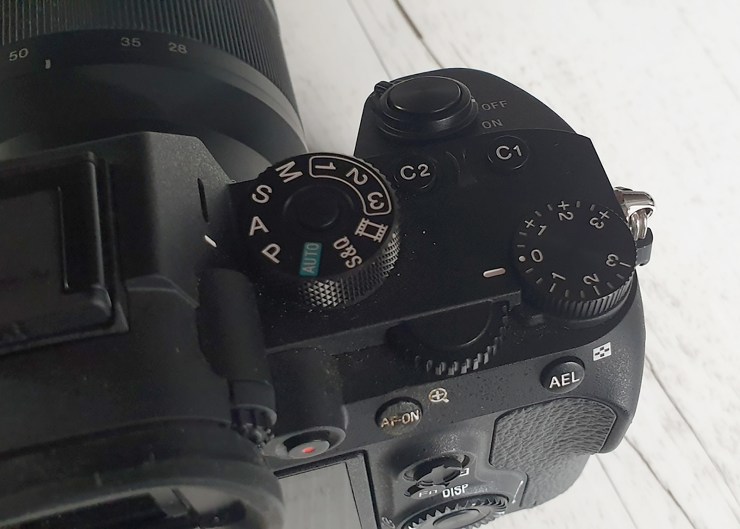In this article, I take a look at exposure compensation on digital cameras and how you can take advantage of it to make adjustments when shooting in-camera modes like aperture priority.
Many of today’s digital cameras are super smart and have the built-in capability to adjust exposure settings when using various camera modes such as Aperture Priority, Shutter Priority, Program and various scene modes. It’s dependent on the metering mode you use, but even when you have selected the correct metering mode for your shot, the camera doesn’t always get it right.

So what is exposure compensation?
So what is exposure compensation you may ask? This allows photographers to override the exposure settings selected by the camera.
The light meter in most cameras works by evaluating light reflected off your subject and compares it to a standardized formula (mostly a middle gray). This is why some cameras may seem slightly darker than others for the same shot. When you point at something very dark, the camera will try to lighten everything up. Likewise, if you have a very bright subject the camera will darken things down. It is basically trying to even out the histogram a little.
This is a little frustrating in challenging lighting conditions when the camera adjusts a little too aggressively, such as at the beach (all that sun and white sand, or the snow).
So how do you find it?
This is found on most modern DSLR and mirrorless cameras with a +/- button or a wheel with -3 up to +3 (check your camera manual). When working in various camera modes (other than Manual), you sometimes need a little help to get the exposure correct. Aperture Priority mode, for example. You set the aperture and ISO, but the camera calculates the shutter speed.
The cameras are pretty smart but do not always get it right. If you are in a situation where it is very bright (like shooting into a backlight) your camera will see it as too much overall light and try to make things darker.
But what if you don’t want things darker? You can either switch to Manual mode and change it yourself, or you can use exposure compensation and fix it in-camera.

So how does it work?
To start with, you must be in a camera mode or scene mode, as being in Manual mode will do nothing — unless you’re using Auto ISO.
I usually use it in Aperture Priority. If your scene is too dark in the viewfinder (or eyepiece), you can dial in a positive number (+EV). Or if the image is too bright, dial in a negative number (-EV).
With DSLR cameras that have an optical viewfinder, they will possibly have an exposure compensation area within the viewfinder that looks like a scale with a 0 in the middle, — on one side and + on the other.
.mgl-tiles { display: none; } #mgl-gallery-634f000648eb4 { margin: -5px; width: calc(100% + 10px); } #mgl-gallery-634f000648eb4 .mgl-box { padding: 5px; } @media screen and (max-width: 768px) { #mgl-gallery-634f000648eb4 { margin: -5px; width: calc(100% + 10px); } #mgl-gallery-634f000648eb4 .mgl-box { padding: 5px; } } @media screen and (max-width: 460px) { #mgl-gallery-634f000648eb4 { margin: -5px; width: calc(100% + 10px); } #mgl-gallery-634f000648eb4 .mgl-box { padding: 5px; } }
-1

+1
In newer mirrorless cameras with an electronic viewfinder, you should see the image brighten or darken as you adjust, making it easier to see the end result.
Why does it only go from -3 to +3? This allows you to add three full stops of light, or to remove three full stops of light. It is unlikely you need more than that. If you do, you may have to swap over to Manual mode to get the correct exposure, or make other adjustments that impact exposure, like adjusting your aperture or ISO.
Tell your story with the second annual Visual Storytelling Conference!
Experience four days of interactive, online training sessions featuring a range of educational content with experienced photographers and content creators. This free event kicks off with a series of technical boot camps to build essential skills, followed by live, online sessions on photography, video, business and social media. Join live from March 10-13, 2022!
